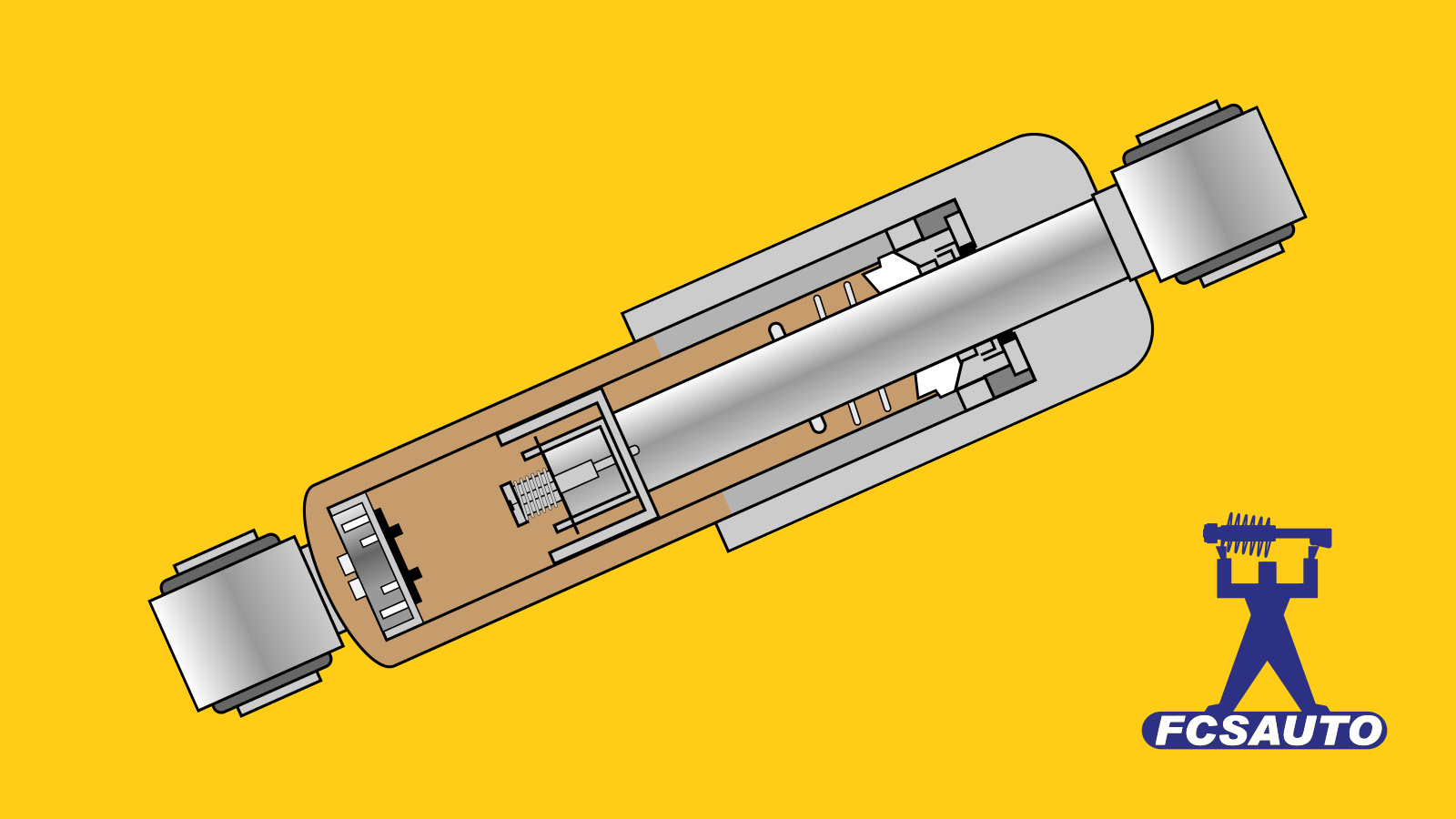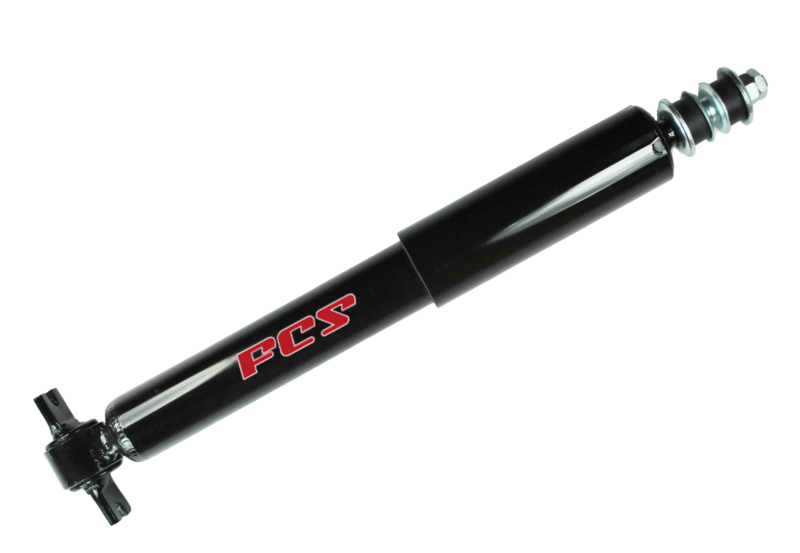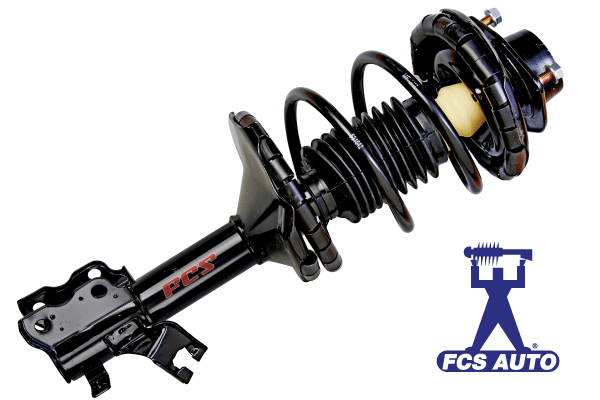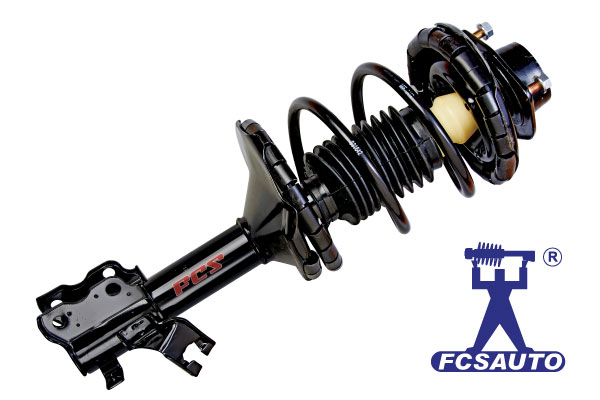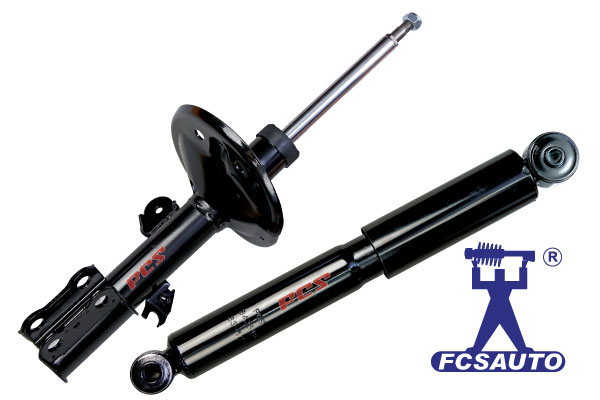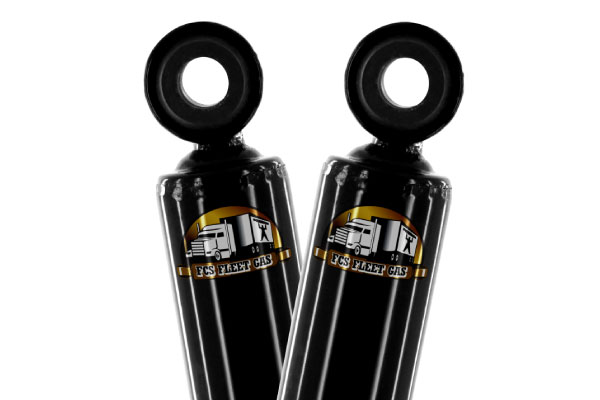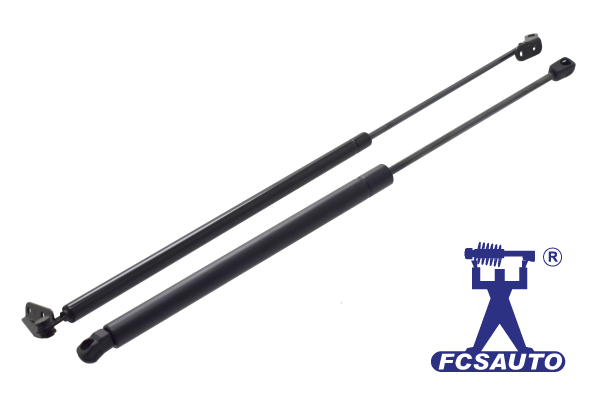When it comes to replacing or upgrading your vehicle’s shock absorbers, understanding the different shock designs is crucial. Whether you’re after smoother highway comfort, improved off-road control, or better handling under load, the choice between monotube, twin-tube, and hydraulic shocks can significantly impact your vehicle’s performance and ride quality. Here’s a breakdown of each type, how they work, and which is best for your needs.
The Basics: What Do Shocks Do?
Shock absorbers (or dampers) control the up-and-down motion of your suspension. Without them, your vehicle would bounce uncontrollably after every bump. Shocks work by converting kinetic energy from suspension movement into heat, which is then dissipated through hydraulic fluid or gas.
Shock Designs Explained
1. Monotube Shock Construction:
A monotube shock has a single cylinder with a floating piston separating the oil chamber from a high-pressure gas chamber (usually nitrogen).
Pros:
Excellent heat dissipation
- More consistent performance under demanding conditions
- Faster response due to direct pressure feedback
- Can be mounted in any position
Cons:
- Higher cost
- Possible harsher ride quality on light vehicles or street-only applications
Best For:
High-performance vehicles, off-road trucks, and vehicles towing heavy loads.

2. Twin-Tube Shock Construction:
Twin-tube shocks have an inner working cylinder and an outer reservoir cylinder. Hydraulic oil moves between these chambers during compression and rebound.
Pros:
- Softer, more comfortable ride
- Cost-effective
- Good for everyday driving and normal conditions
Cons:
- Prone to overheating under heavy use
- Can foam under extreme conditions, reducing damping efficiency
Best For:
Daily drivers, sedans, light SUVs under normal conditions

3. Hydraulic (Oil-Filled) Shock Construction:
Often considered a basic form of twin-tube, hydraulic shocks use oil only (no gas charge) to dampen suspension movement.
Pros:
- Simple and affordable
- Smooth ride on even pavement
Cons:
- Poor heat dissipation and fade resistance
- Slower response and less control on rough terrain or spirited driving
Best For:
Light-duty city driving and older vehicles
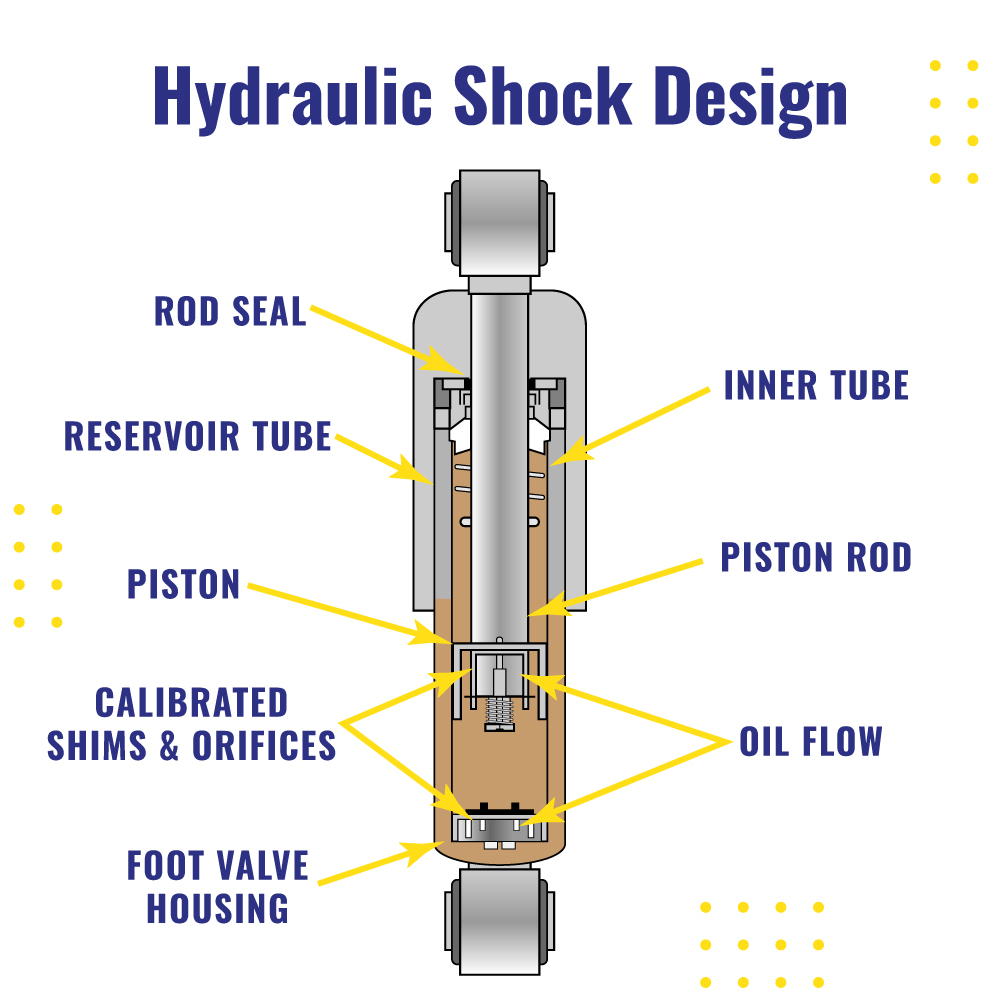
Which One is Right for You?
| Vehicle Type | Best Shock Type | Why |
| Daily Driver | Twin-Tube | Comfortable, affordable, good road manners |
| SUV/Crossover | Twin-Tube or Monotube | Monotube for load/towing, twin-tube for comfort |
| Off-Road/4×4 | Monotube | Superior heat resistance and faster damping response |
| Performance Vehicle | Monotube | Enhanced handling and more precise control |
| Heavy-Duty Truck | Monotube | Higher load management capabilities |
| Light Duty City Car Driving | Hydraulic | Basic, economical option for normal daily driving conditions |
Daily Driver
Twin-Tube
Comfortable, affordable, good road manners
SUV/Crossover
Twin-Tube or Monotube
Monotube for load/towing (or) twin-tube for comfort
Off-Road/4x4
Monotube
Superior heat resistance and faster damping response
Performance Vehicle
Monotube
Enhanced handling and more precise control
Heavy-Duty Truck
Monotube
Higher load management capabilities
Light Duty City Car Driving
Hydraulic
Basic, economical option for normal daily driving conditions.
Pro Tip: Don’t Mix Shock Types
Each design has a unique damping rate and pressure characteristic, which can result in inconsistent handling and ride quality. We recommend always replacing shocks in axle pairs — or ideally all four wheels — with the same type.
Conclusion
Your choice of shock absorber plays a crucial role in how your vehicle handles bumps, corners, and loads. Monotube shocks deliver high-performance results and durability under stress, twin-tube shocks offer a smoother and cost-effective everyday ride, and hydraulic shocks remain a budget-friendly basic option. Understanding your driving needs and vehicle type is key to making the right choice.

